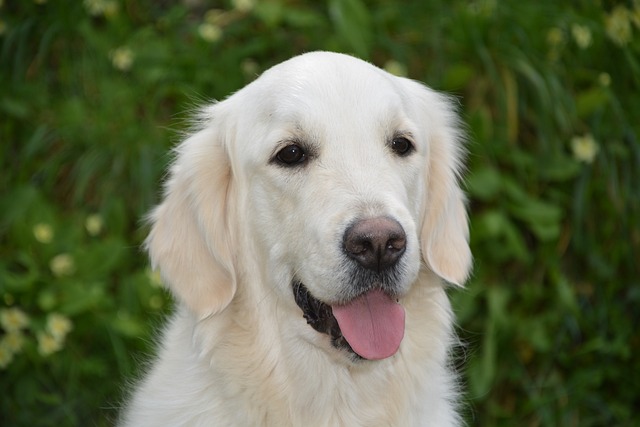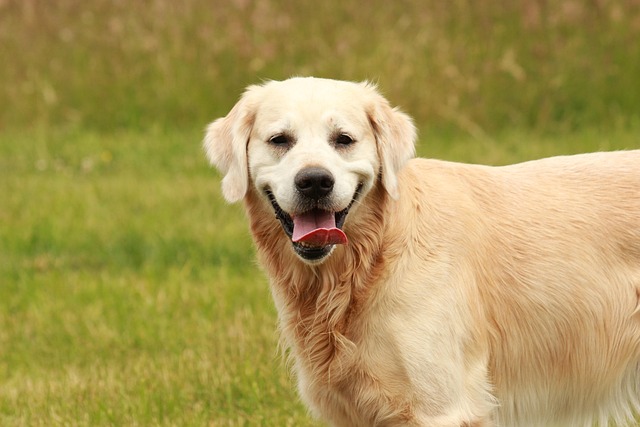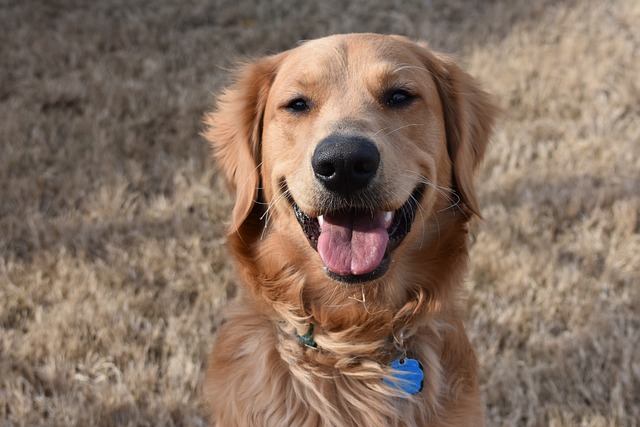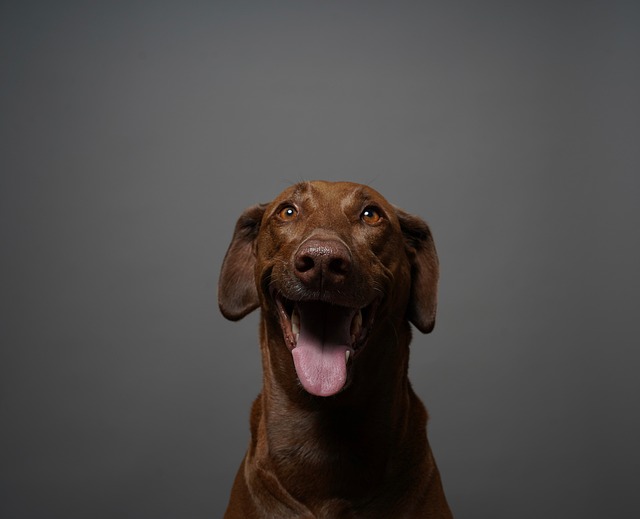Can any dog be trained to be off leash? It’s a crisp morning in a Portland park, and you watch a border collie dart after a frisbee, stopping mid-sprint when her owner calls, “Mia, here!” Nearby, a bulldog trots calmly beside his person, no leash in sight. You glance down at your 18-month-old basset hound, Gus, who’s currently fixated on a squirrel 20 feet away, ignoring your “come” entirely. “Is he just stubborn, or is this impossible?” you wonder. For new dog owners in the U.S., this question lingers—but the answer is nuanced: Most dogs can learn off-leash skills, but not all will thrive in every situation. It depends on their personality, breed traits, and your training approach.
Dogs are individuals, shaped by genetics and experience. Breeds with strong prey drives—like hounds, terriers, or huskies—are wired to chase scents or movement, making off-leash focus harder. A basset like Gus, bred to track rabbits, might struggle to resist a tempting smell, even with training. Conversely, breeds bred for companionship—like golden retrievers or poodles—often prioritize human interaction, which aids recall. But here’s the thing: Even “difficult” breeds can learn. Behaviorists call it “stimulus control”—teaching a dog to choose your command over distractions. It takes longer for some, but it’s possible with patience. Fearful dogs, though, might never feel safe off-leash; forcing them increases anxiety, defeating the purpose.
Training starts with rock-solid basics, built on trust. Begin with “recall” (coming when called) in a quiet, fenced area—your backyard or a empty parking lot. Use high-value treats (Gus might go crazy for freeze-dried liver) and praise like he’s solved a puzzle: “Gus, yes! Best boy ever!” Practice 5-10 times a day, keeping sessions short. Gradually add distractions: first a toy, then a friend walking by, then a squirrel sound (use a phone app). If he ignores you, don’t scold—walk away, call again in a cheerful voice, and reward massively when he comes. Negative reinforcement (yelling, yanking) makes him associate “come” with bad things, which backfires. For prey-driven pups, pair treats with play—toss a ball after he returns, so obeying feels like winning.

But manage expectations. Gus might never be off-leash in a busy park, but he could master it in a fenced dog run. That’s a win. Some dogs, due to trauma or extreme anxiety, may always need a leash for safety—and that’s okay too. Training is about setting them up to succeed, not checking a box.
Tie this to responsible care: In the U.S., rabies vaccines are mandatory—Gus needs his shots to hit any off-leash area, and many parks require proof. Leash laws vary: In Oregon, most public spaces demand leashes under 6 feet, with fenced “off-leash zones” as exceptions. Fines for breaking rules hit $150 in Portland, so check local signs. When training in apartments, use hallways during quiet hours—no one wants a 7 a.m. recall session outside their door. At community parks, even if off-leash is allowed, watch for other dogs or kids—etiquette means keeping your pup from invading space. And always pack poop bags; off-leash freedom doesn’t skip cleanup.
Can any dog be trained to be off leash? No—but most can learn to thrive off-leash in some settings, with time and kindness. It’s not about perfection; it’s about finding what works for your unique pup. And hey, even if Gus stays leashed in busy spots, those backyard recall wins? They’re proof you’re both learning, together.






